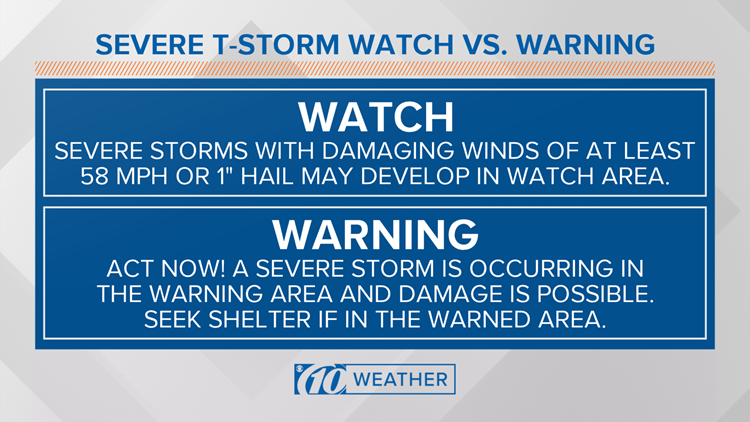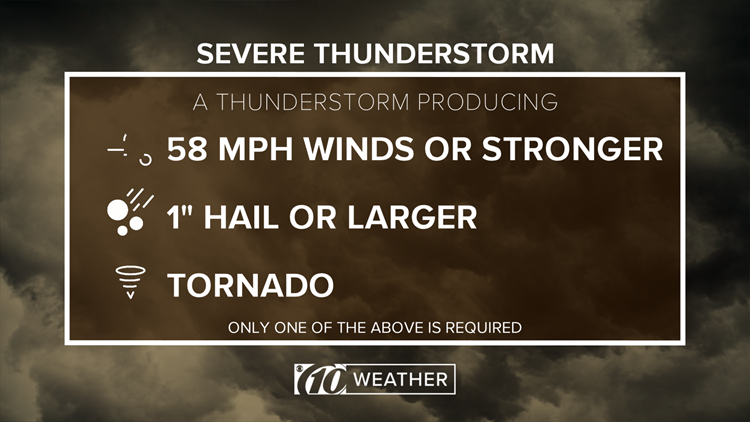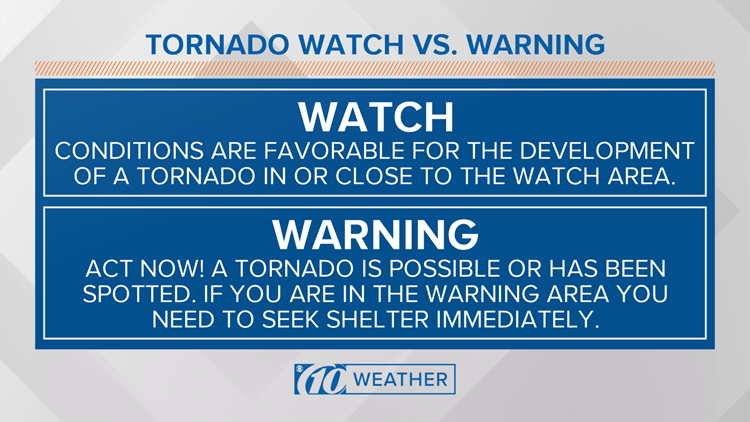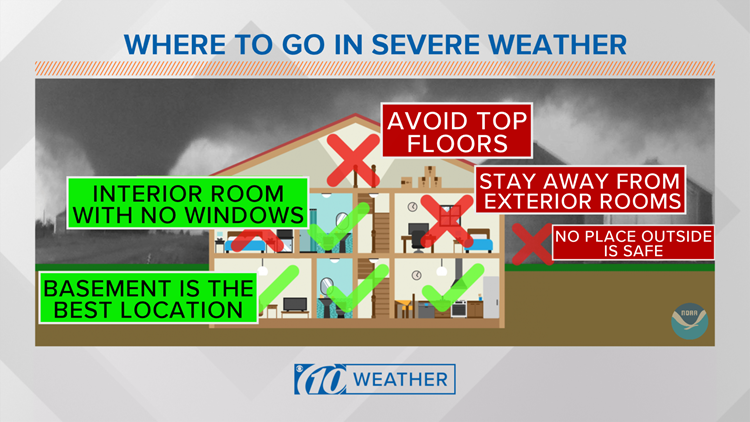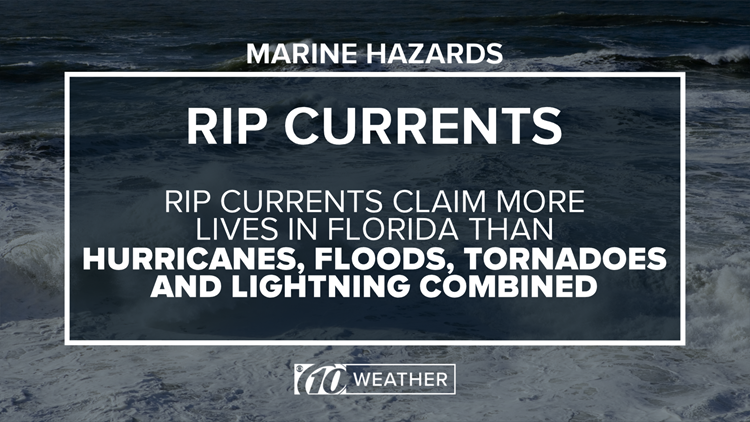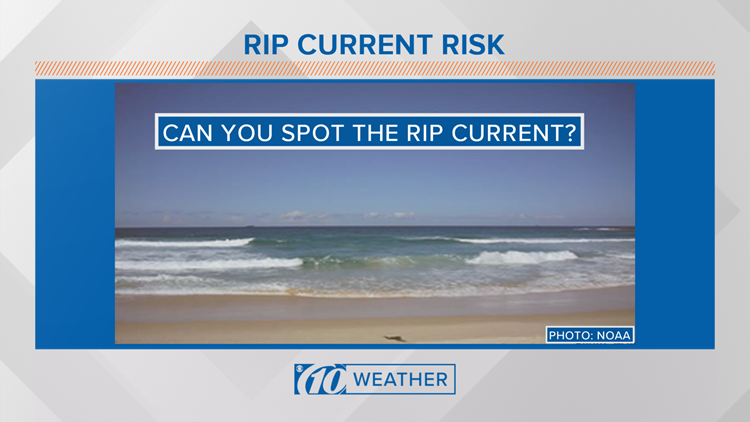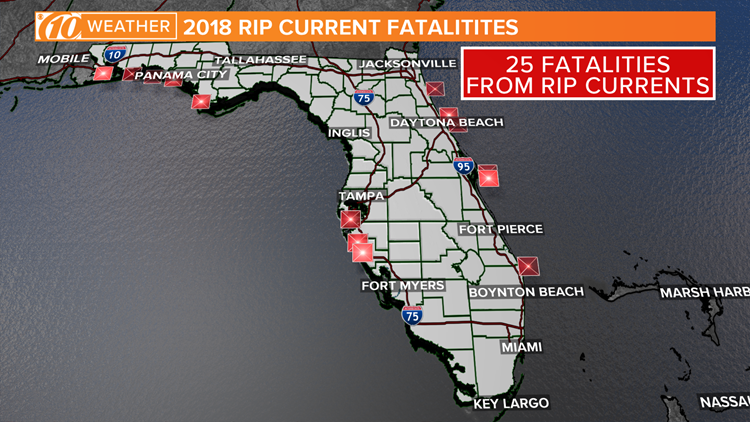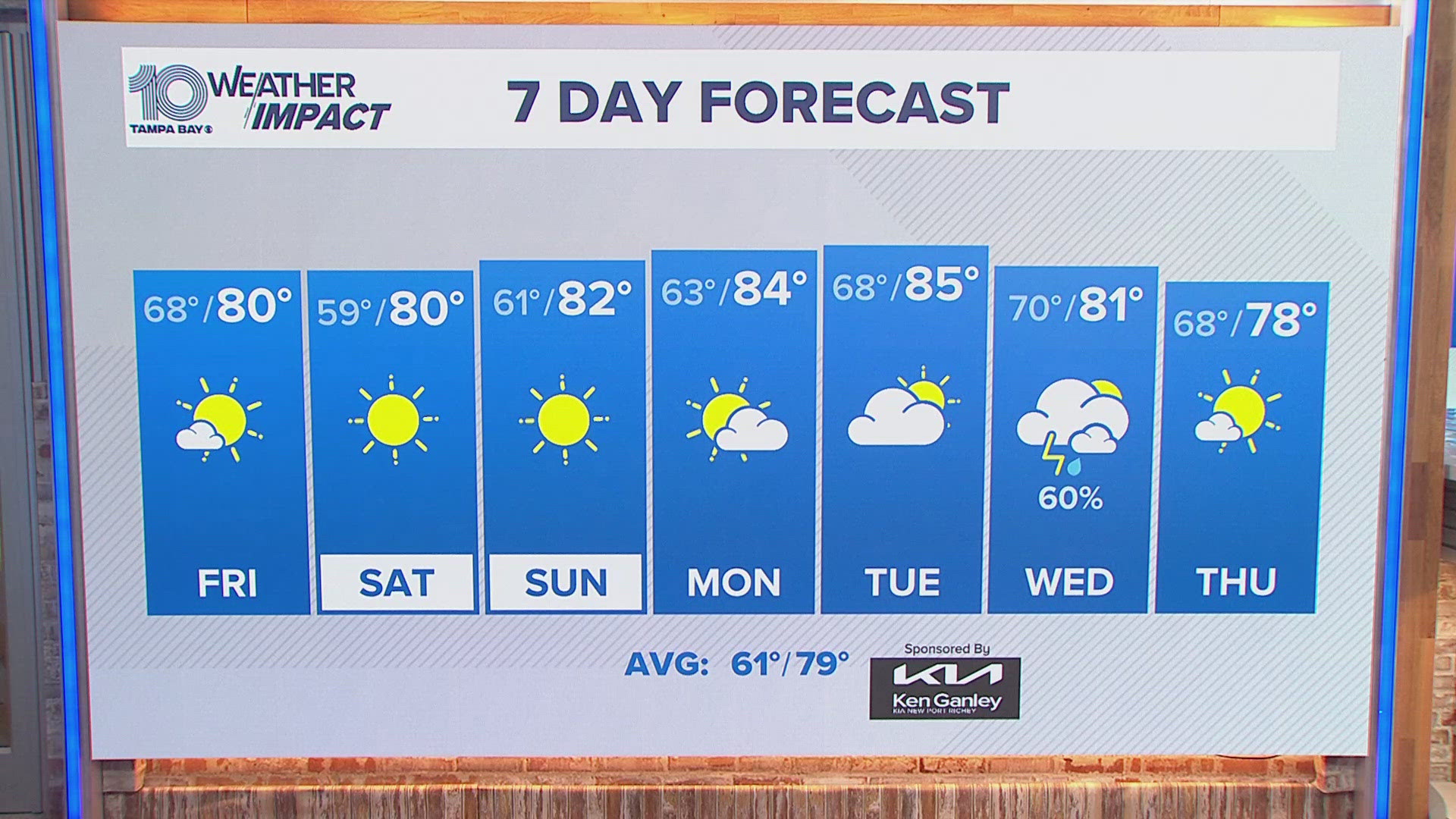ST. PETERSBURG, Fla. — When it comes to severe weather, Florida experiences it all.
Jan. 14-18 is the state's Severe Weather Awareness Week: a traditionally low-key sort of week (weather-wise) to plan for the impacts from powerful storms and other dangers in nature.
Some of those are more obvious than others. Take, for example, lightning: You might have heard Florida experiences the most lightning strikes than anywhere else in the country. That's 1.2 million cloud-to-ground strikes each year!
It's this reality that explains why Florida typically has more lightning-related deaths and injuries than anywhere else.
But what about tornado season? It varies. Florida's twisters can happen almost anytime, anywhere. Springtime tornadoes can be the most powerful as cold and warm air masses clash. One outbreak occurred in February 1998 in east-central Florida, killing 42 people and injuring more than 260 people.
Three tornadoes were rated F-3, with winds in excess of 158 mph. (Tornadoes nowadays are classified on the "Enhanced Fujita scale," designated by an EF rating.)
Tornadoes also can spawn from tropical systems, making them just as destructive as the onslaught of tropical and hurricane-force winds.
Florida's Severe Weather Awareness Week 2019 begins
It wasn't long ago Floridians were reminded that its streak of avoiding hurricanes wouldn't last forever but for 11 years, it was just too quiet. Hurricane Hermine's landfall in 2016 would be the wake-up call.
Hurricane Irma ripped across the Keys and came ashore as a Category 3 storm in Marco Island in 2017, and Hurricane Michael in 2018 once again would prove major hurricanes can impact the state anywhere.
Florida's Division of Emergency Management has a complete listing of nature's worst, including rip currents and wildfires, and guides on how to stay safe.
Click or tap here to view an interactive map from the Florida Forest Service of the state's active wildfires.
► Have a news tip? Email desk@wtsp.com, or visit our Facebook page or Twitter feed.






